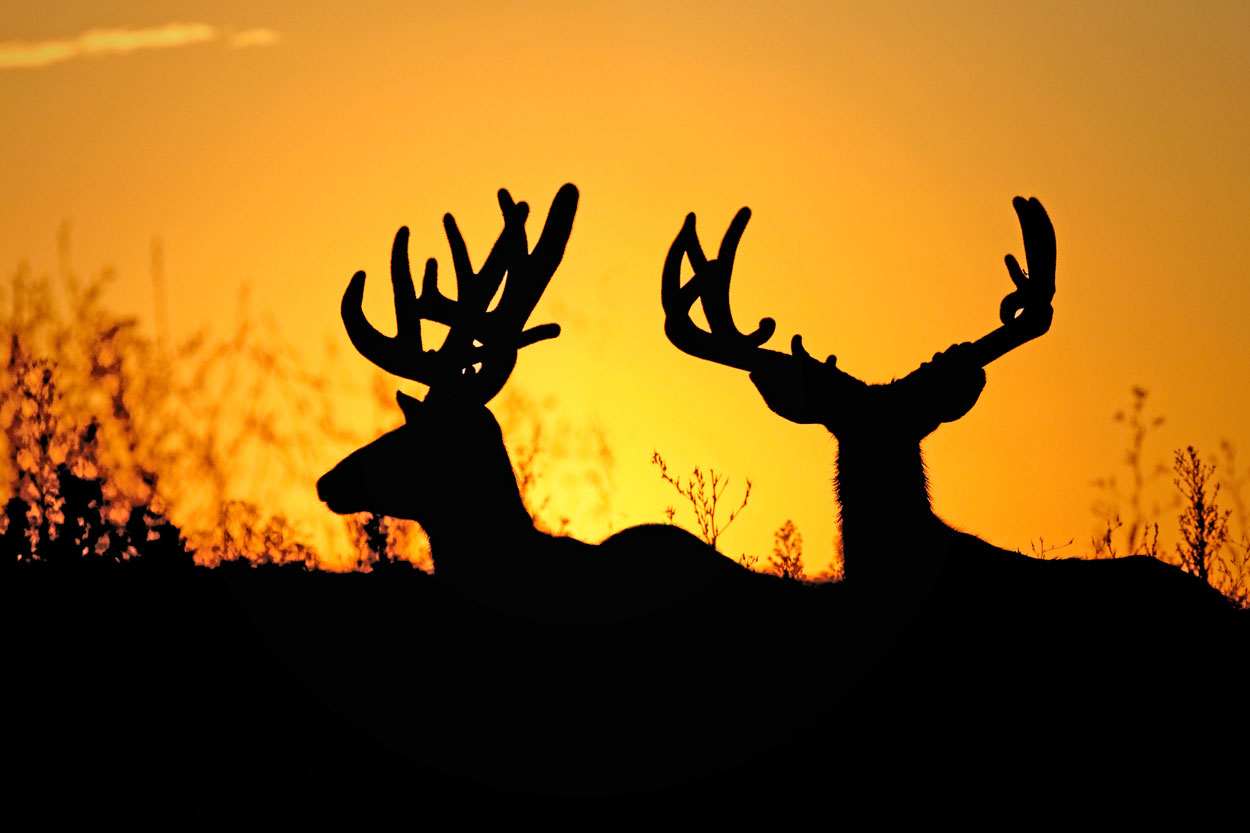El Jason
Well-known member
I agree with this.Bottom line, I don't think high prevalence is tied to high deer density or at the very least there is a pretty distinct lack of evidence to that in areas of Wyoming. I also don't believe that low deer densities means lower prevalence either, again due to the evidence of that in some other areas of Wyoming.
It's also worth noting, many of the areas with a higher disease prevalence don't have feeding grounds and such. Hell, even the Sybille Canyon area isn't exactly stacked with deer in the winter from what I recall.






